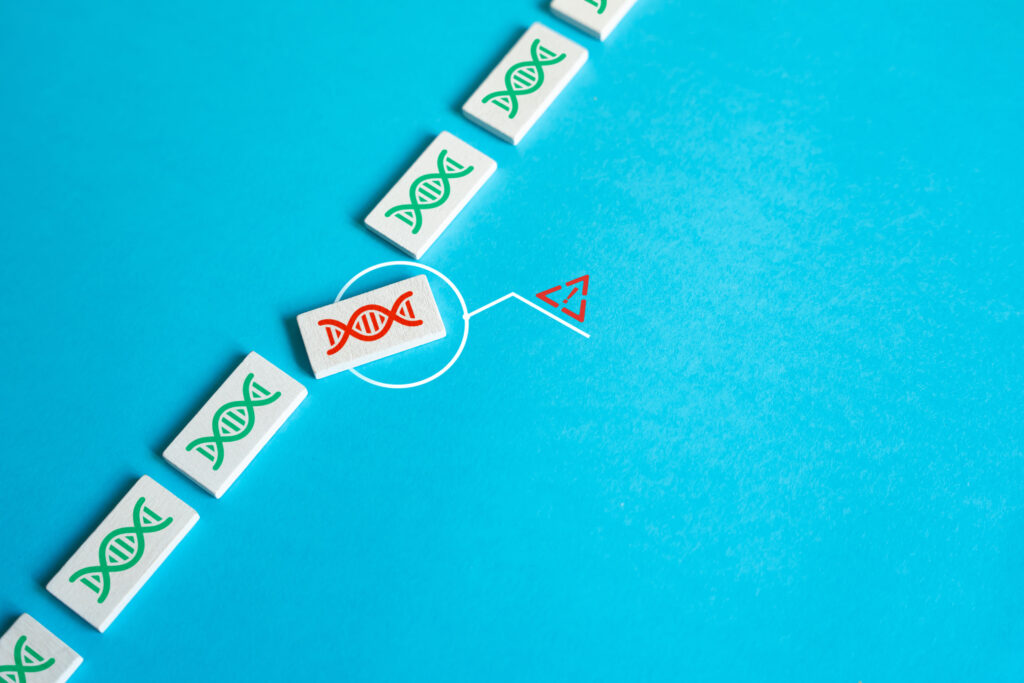Dear Readers,
An interesting paper appeared several months ago in an issue of the journal Genetics, “Waiting for Two Mutations: With Applications to Regulatory Sequence Evolution and the Limits of Darwinian Evolution” (Durrett, R & Schmidt, D. 2008. Genetics 180: 1501-1509). This is the third of five posts that discusses it. Cited references will appear in the last post.
The third problem also concerns the biology of the system. I’m at a bit of a loss here, because the problem is not hard to see, and yet in their reply they stoutly deny the mistake. In fact, they confidently assert it is I who am mistaken. I had written in my letter, ‘‘… their model is incomplete on its own terms because it does not take into account the probability of one of the nine matching nucleotides in the region that is envisioned to become the new transcription-factor-binding site mutating to an incorrect nucleotide before the 10th mismatched codon mutates to the correct one.’’ They retort, “This conclusion is simply wrong since it assumes that there is only one individual in the population with the first mutation.” That’s incorrect. Let me explain the problem in more detail.
Consider a string of ten digits, either 0 or 1. We start with a string that has nine 1’s, and just one 0. We want to convert the single 0 to a 1 without switching any of the 1’s to a zero. Suppose that the switch rate for each digit is one per hundred copies of the string. That is, we copy the string repeatedly, and, if we focus on a particular digit, about every hundredth copy or so that digit has changed. Okay, now cover all of the numbers of the string except the 0, and let a random, automated procedure copy the string, with a digit-mutation rate of one in a hundred. After, say, 79 copies, we see that the visible 0 has just changed to a 1. Now we uncover the rest of the digits. What is the likelihood that one of them has changed in the meantime? Since all the digits have the same mutation rate, then there is a nine in ten chance that one of the other digits has already changed from a 1 to a 0, and our mutated string still does not match the target of all 1’s. In fact, only about one time out of ten will we uncover the string and find that no other digits have changed except the visible digit. Thus the effective mutation rate for transforming the string with nine matches out of ten to a string with ten matches out of ten will be only one tenth of the basic digit-mutation rate. If the string is a hundred long, the effective mutation rate will be one-hundredth the basic rate, and so on. (This is very similar to the problem of mutating a duplicate gene to a new selectable function before it suffers a degradative mutation, which has been investigated by Lynch and co-workers. (2))
So, despite their self-assured tone, in fact on this point Durrett and Schmidt are “simply wrong.” And, as I write in my letter, since the gene for the chloroquine resistance protein has on the order of a thousand nucleotides, rather than just the ten of Durrett and Schmidt’s postulated regulatory sequence, the effective rate for the second mutation is several orders of magnitude less than they thought. Thus with the, say, two orders of magnitude mistake here, the factor of 30 error for the initial mutation rate, and the four orders of magnitude for mistakenly using a neutral model instead of a deleterious model, Durrett and Schmidt’s calculation is a cumulative seven and a half orders of magnitude off. Since they had pointed out that their calculation was about five million-fold (about six and a half orders of magnitude) lower than the empirical result I cited, when their errors are corrected the calculation agrees pretty well with the empirical data.
